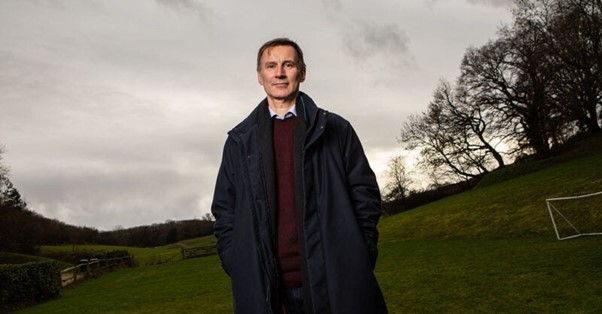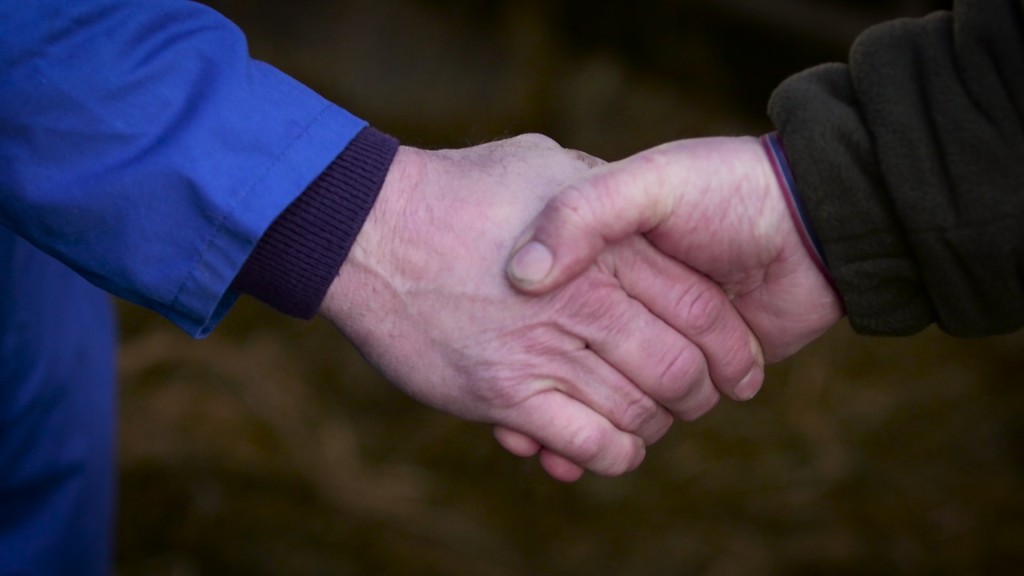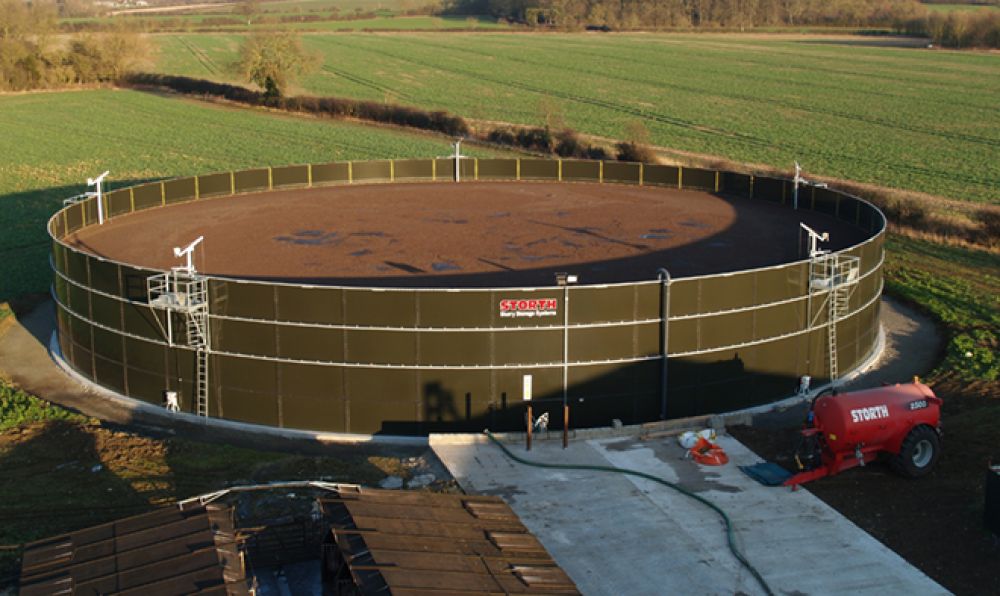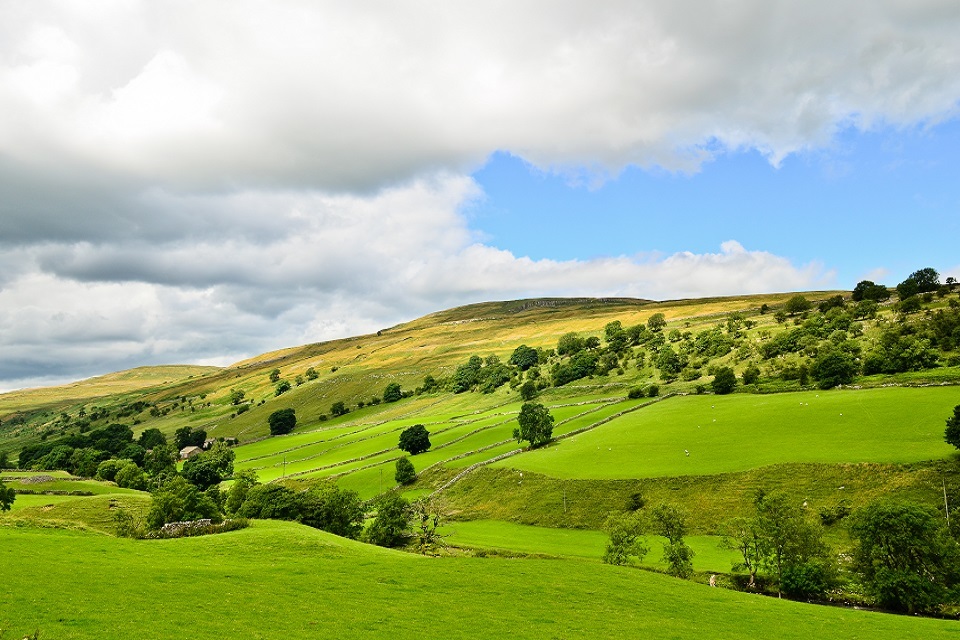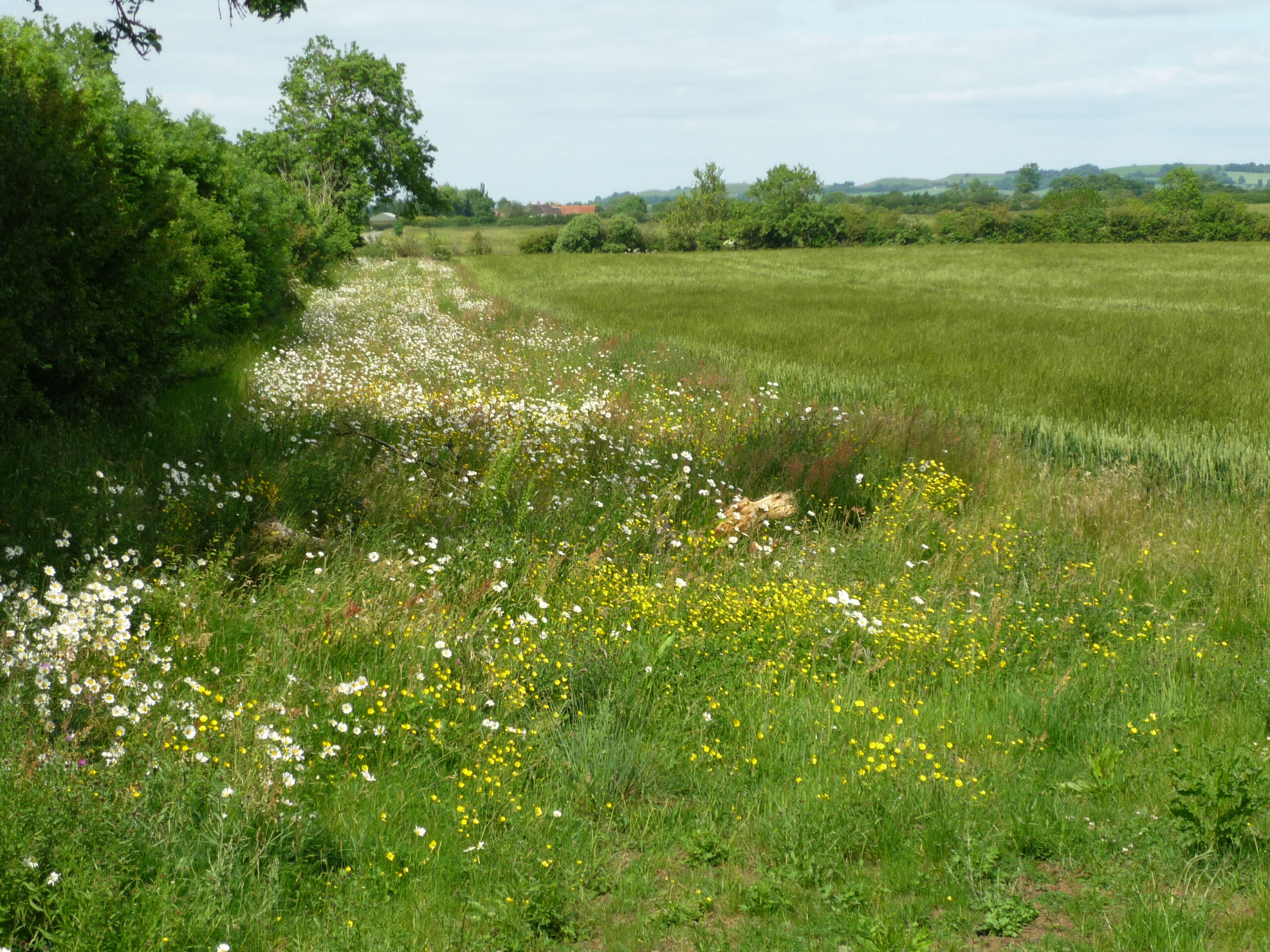The Chancellor, Jeremy Hunt, gave the Autumn Statement on the 22nd November. The main points are;
- the Office of Budget Responsibility (OBR) released its latest economic forecasts alongside the Autumn Statement. This shows the economy has been more resilient this year than initally forecast. Economic growth in 2023 is now predicted to be 0.6% instead of a contraction of 0.2%
- this unexpected growth, coupled with high inflation bringing more people into top tax bands, has led to bigger-than-expected tax receipts. This gave the Chancellor some room for tax cuts (see below). However, the strength of the economy also means inflation will be more persistent. The forecast is that CPI will increase 7.5% in 2023, with prices rising by 3.6% in 2024 and 1.8% in 2025
- the OBR has cut its forecasts for future UK growth. The OBR now believes the economy will expand by 0.7% in 2024 (previously 1.8% was predicted). For 2025, growth is put at 1.4% (previously 2.5%). Worryingly, the OBR has revised down its estimate of the ‘medium-term potential growth rate of the economy’ to 1.6%, from its previous level of 1.8%
- as previously set out in last November’s Budget, Personal Allowances and Higher Rate Thresholds for Income Tax will be frozen until 2028. This increases tax income because, as wages rise, the tax-free element does not rise in tandem
- although billed as a tax-cutting Statement, the measures announced, plus those already in the pipeline, will see tax as a share of the economy rise every year for the next five years to a post-war high of 37.7% of GDP
- probably the most important announcement for farming, especially those sectors employing large amounts of labour, is the increase in the National Living Wage. This will rise by 9.8% to £11.44 per hour in April. It will also be extended to 21 and 22 year olds who currently receive a lower rate. The Living Wage rate has almost doubled since 2010
- there were cuts to National Insurance rates. NI paid by employees will fall from 12% to 10% as from the 6th January 2024. For the self-employed, the rate of Class 4 NI between £12,570 and £50,270 will be cut by 1% to 8%. Class 2 NI is to be abolished. Both the self-employed NI changes start on the 6th April 2024
- ‘full expensing’, whereby companies can claim 100% first-year capital allowance against Corporation Tax on capital investment, is to be made permanent. The standard 100% Annual Investment Allowance (AIA) for sole traders, partnerships etc. will remain at £1m
- the discount on Business Rates for small retail, hospitality, and leisure businesses is to be extended for a further year
- £110m was pledged to a Local Nutrient Mitigation Fund for schemes to deliver nutrient neutrality and unlock housebuilding
- there were other measures to boost development. These include a ‘fast-track’ Planning system where Local Authourities will be able to recover the full cost of dealing with applications, in return for faster responses. There were also policies to boost renewables and the electricty transmission network, including a payment of up to £10,000 to those living near new transmission lines
- There were no changes to Inheritance or Capital Gains Tax, despite changes to the former being widely trailed before the Autumn Statement
- The previous Budget saw the launch of a consultation on the taxation of the ecosystems market. The Autumn Statement indicated that an update on this would be provided in ‘the Spring’.
